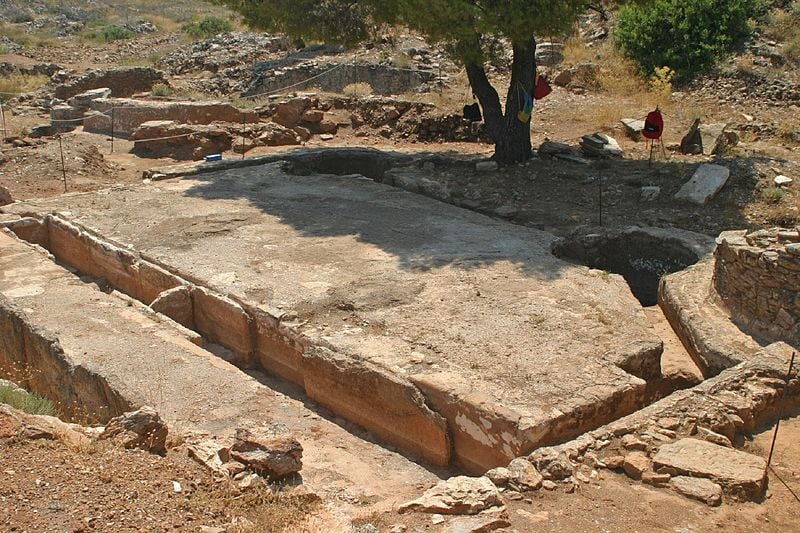How the mines of Laurion changed ancient Athens and the world
[ad_1]

The Laurion mines are only 50 kilometers south of Athens, between Thoricus and Cape Sounion. Silver, copper, lead, and even rare metals have been there since the late Neolithic, at least around 3200 BC. BC, mined until mining lasted for centuries until the 6th century BC. BC was unexpectedly discontinued.
The mines flourished during the classical period of Greece, with slaves taking over the laborious mining of the metals. The city-state of Athens took full advantage of the mines and they became an important source of income.

In the 4th and 5th centuries BC The production of the Laurion mines accounted for 25 percent of the annual wealth of the Athenian state.
According to Dr. Elias Konofagos, a chemical engineer and member of the Energy Committee of the Athens Academy, the annual gross sales from the silver and lead from the Laurion mines alone were 920 talents at that time.
The talent (“Talanton”) was an ancient unit of mass and a trade weight as well as corresponding units of value that correspond to these masses of a precious metal. The 920 talents corresponded to 5,520,000 attica drachmas, these silver coins each weighing 4.36 grams.
At the beginning of the 5th century BC The annual production of the Laurion mines was an astonishing 20,000 kilograms of silver and 8,000 tons of lead. Archaeologists have found nearly 200 different mines and shafts dating from 480-250 BC in the area. Discovered.
The Laurion mines helped defeat the Persian army
Themistocles was born in 493 BC. Elected Archon of Athens, and one of his plans was to make Athens a leading sea power. He also built a wall over Piraeus to defend Attic territory. Soon the port of Faliro was replaced by the port of Piraeus.
Themistocles ordered the construction of 200 ships called triremes, each requiring 170 rowers, for a total workforce of 34,000 men. The funds used to build the ships come directly from the Laurion mines.
It is estimated that 20,000 slaves worked in the mines to provide the silver for the fleet that Themistocles requested. The end result of all their grueling labors was that Athens became a formidable naval power.
In 480 BC BC the huge Persian army defeated the Greek forces in the battle of Thermopylae, invaded parts of Greece and threatened the Athenian state. Themistocles suggested that since the Greeks were outnumbered by the Persians, they should avoid fighting on land.
Then he proposed that the army of the Persian King Xerxes be stopped at sea. The allied navy, dominated by Athens, hired the Persian fleet in the nearby Strait of Artemisium; unfortunately the Greeks suffered heavy losses there and withdrew.
Themistocles insisted that the Persian fleet should be drawn back into battle. According to a ruse by the cunning Themistocles, King Xerxes was lured into a gigantic sea battle and led his Persian fleet directly into the Strait of Salamis.
Once in the narrow strait, the Persian ships could not maneuver and were completely disorganized. The Greek fleet was then able to seize the opportunity to wipe out the Persian naval forces and secure a decisive victory for Athens and Greece.
It was September 22nd, 480 BC. BC – a day that became one of the most significant dates in the history of ancient Greece.
A year later, the Persian King Xerxes withdrew to Asia without a fleet to support his troops and forever abandoned his ambition to conquer Greece.
Many historians believe that a Persian victory would have stopped the progress of ancient Greek civilization, and therefore Western civilization as a whole, leading them to argue that Salamis is one of the most significant battles in human history.
The ships used to win the Battle of Salamis were paid for in silver from the Laurion mines. So it is safe to say that these mines in the southern part of Attica and the terrible work of the enslaved men there contributed significantly to the salvation of western civilization.
The rich mines of Laurion were only closed in 1992 and are now owned by the Ministry of Culture. The ancient mines that played such a big role in Western history are now part of the Laurion Technology and Culture Park.
[ad_2]

